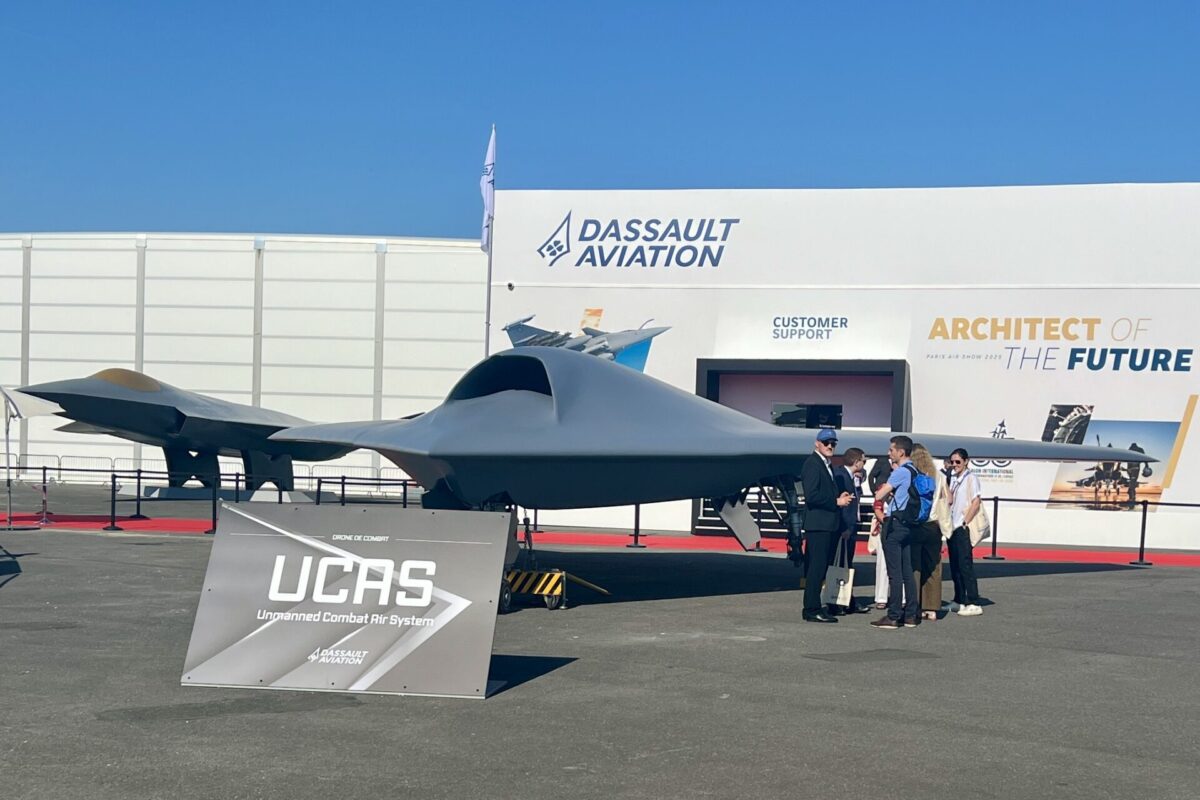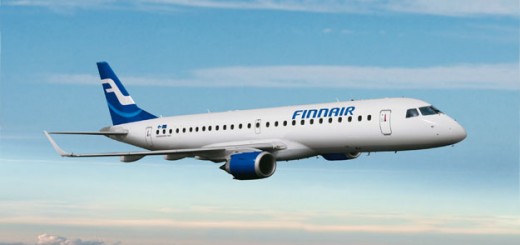General Atomics to build European combat drone based on US prototype

General Atomics has outlined new plans to adapt its Collaborative Combat Aircraft (CCA) prototype for the European market, combining US design with German assembly and locally integrated mission systems. The announcement comes as European nations push to field affordable uncrewed aircraft to operate alongside fighter jets in manned-unmanned teaming roles.
Adapting a US prototype for Europe
The European CCA will be based on the YFQ-42A, a prototype developed under the US Air Force’s CCA program. Currently in ground testing and expected to fly later this summer, the YFQ-42A builds on the XQ-67A Off-Board Sensing Station and reached this stage just 18 months after its predecessor, reflecting the rapid development cycles driving the program.
Final assembly and mission system integration will take place in Germany at General Atomics Aerotec Systems (GA-ATS) in Oberpfaffenhofen. GA-ATS has experience in aircraft production and maintenance, including work on NH90 helicopters and the Do-228.
“We’re eager to combine our uncrewed aircraft system expertise with the airborne sensor and weapons system expertise of the European defense industry,” said GA-ASI CEO Linden Blue.
Three contenders for Europe’s loyal wingman fleet
Europe’s interest in CCAs reflects the need for autonomous systems that can operate alongside manned fighters, boosting combat mass and survivability at lower cost. This is being driven by three platforms developed under US Air Force programs, now moving toward European customers through local industrial partnerships:
General Atomics YFQ-42A: One of two competing prototypes in the US Air Force’s CCA program, now forming the basis of GA’s European aircraft, with assembly in Germany.
Anduril YFQ-44 Fury: The YFQ-42A’s main rival in the same US program. Rheinmetall and Anduril are co-developing European versions of the Fury and Barracuda drones to deliver mass-producible systems.
Kratos XQ-58A Valkyrie: Initially considered for the US CCA program, but ultimately deemed too small for evolving requirements. Airbus has partnered with Kratos to adapt Valkyrie for European use, with German Air Force entry targeted for 2029.
These programs all share a common objective: to provide NATO with affordable, networked combat drones well before Europe’s sixth-generation fighter initiatives, the Future Combat Air System (FCAS) and the Global Combat Air Programme (GCAP), reach operational maturity in the mid-2030s.
France pursues its own solution
Dassault Aviation UCAS at Paris Air Show 2025 (Clement Charpentreau / AeroTime)Europe is not relying solely on US-derived designs. On October 8, 2024, French Minister of the Armed Forces, Sébastien Lecornu, announced plans for a next-generation combat drone to complement the Rafale F5 standard by 2033. Dassault Aviation was contracted to develop a UCAS concept, based on its earlier nEUROn demonstrator. A full-scale model was publicly displayed for the first time at the 2025 Paris Air Show, signaling France’s intention to maintain a sovereign capability alongside multinational programs. The post General Atomics to build European combat drone based on US prototype appeared first on AeroTime.
General Atomics has outlined new plans to adapt its Collaborative Combat Aircraft (CCA) prototype for the European market,…
The post General Atomics to build European combat drone based on US prototype appeared first on AeroTime.





